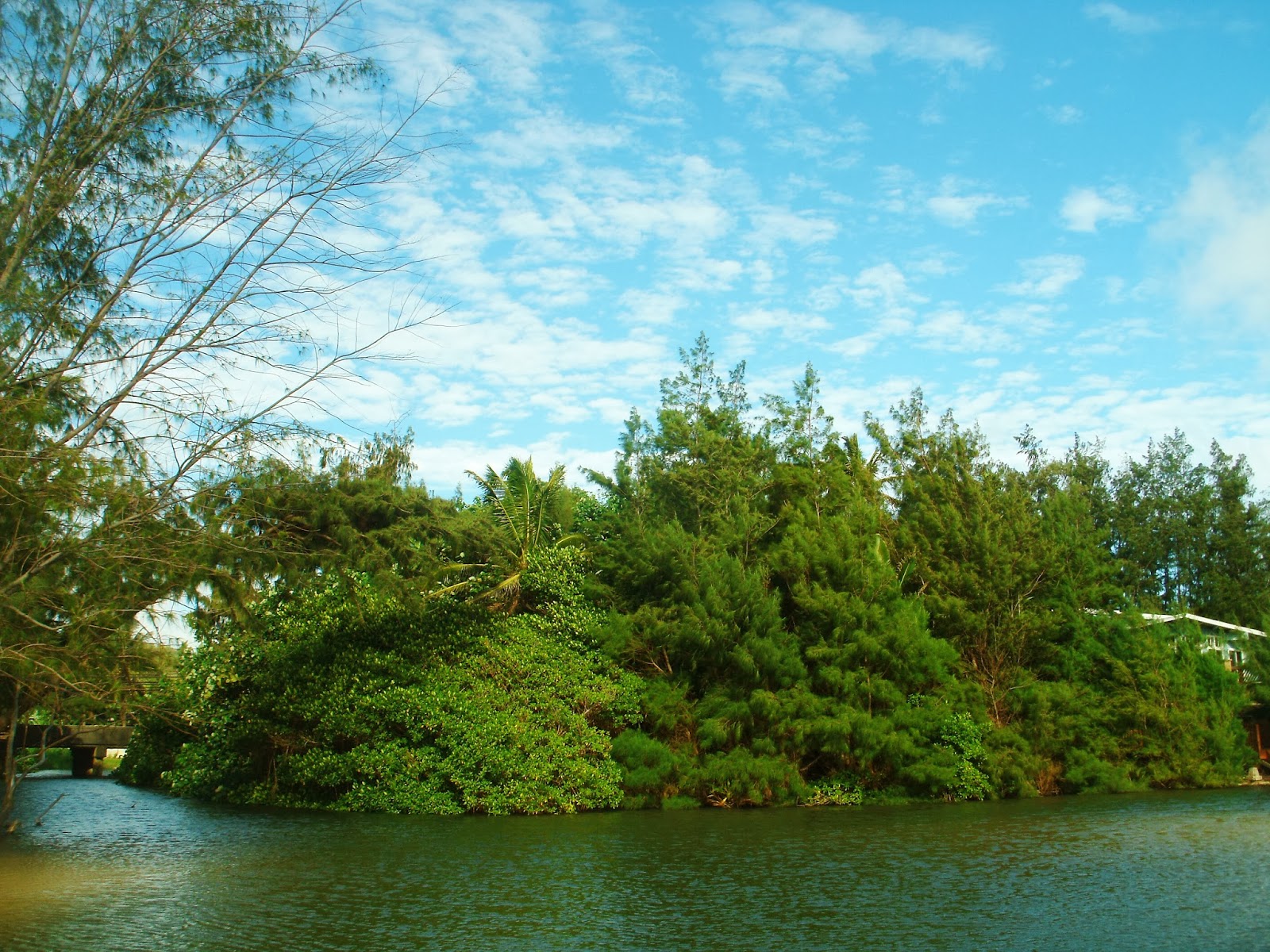A long time ago I made the decision that my family would be my highest priority.
I did that in two ways:
First, by putting God first in my life. When I open my mind and heart to God, when He is the center of our lives, He guides us and our family life is happier, more meaningful, more heaven-like. I've always believed that
families can be together forever, that family life and family relationships can continue on into the next life. I'm planning on it, and doing my best to do my part to see that it happens. One year we had as our family motto, "
Father first, Family forever." (
Father meaning God) I think it's time to bring that one back, because I believe it more than ever.
Second, quantity is even more important than quality. We spend a LOT of time together. We eat, sing, pray, talk, laugh and play. This Sunday, after church, we ate dinner together. We talked for awhile and then I went and took a nap. I woke up to the sound of talking and laughing, then there was our family fono (Samoan for "meeting") and popcorn and a puzzle, and the guitar and ukulele came out; then the puzzle went on but some left it for other projects, but we were still in the same few rooms, coming and going, listening to each other and laughing still. . .
Time.
Time is so important
and it's so important to spend it on what's most important-
and for me that's family.
Quality time is wonderful,
but I've found that quantity is even better.
It's quantity that means stability for a family.
Quantity says,
"You're my world and my life and that's why I'm spending it with you."
"I'll be there when you need me because I'm here anyway."
"There's no where else I'd rather be because there's no one and nothing else I love more."
These two guiding principles have made a difference in our family. We love God and we love each other. We have struggles, but with God and each other, we weather them.
 |
| Jesse pulling Siwa with a vine, on a piece of boat they found washed ashore. |































